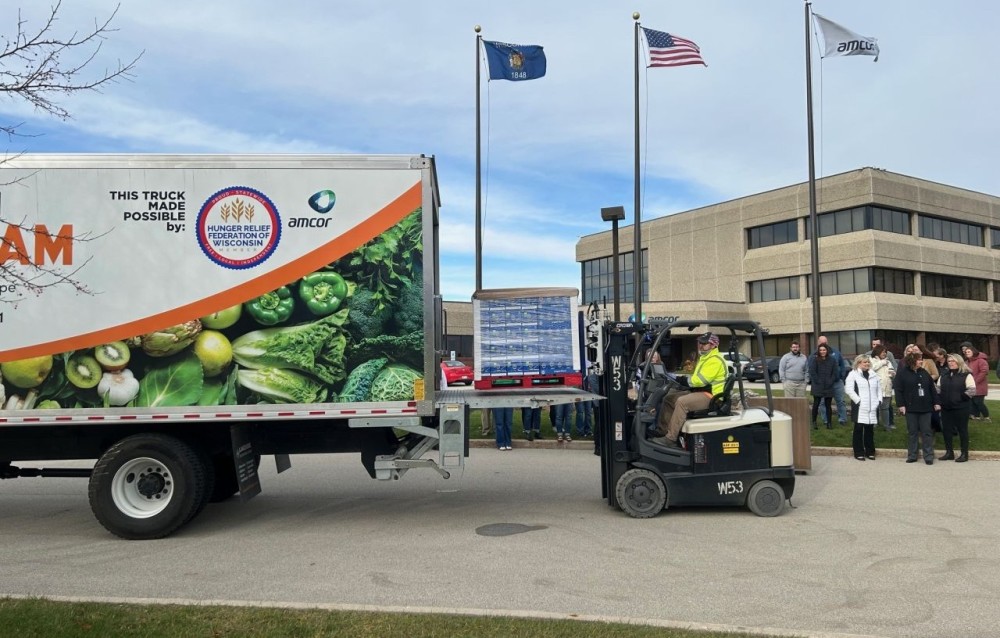First Nations peoples, farmers, scientists and state governments have helped deliver around 30 Sydney Harbours worth of Commonwealth water for the environment over the past decade, as part of vital collaboration across the sector.
Speaking at the annual Murray Darling Association conference this week, Commonwealth Environmental Water Holder (CEWH) Dr Simon Banks said effective partnerships were critical to ensuring the health and sustainability of Australia’s largest food bowl.
“Since 2009, we have delivered more than 15,000 gigalitres of water with the help of our partners to support river and wetland health,” Dr Banks said.
“Commonwealth environmental water has been used in more than 26,000 kilometres of Basin waterways and inundated more than 420,000 hectares of lakes and floodplains, including 11 internationally significant Ramsar wetlands.
“This has flow-on benefits for the native plants and wildlife that call the Basin home, as well as the communities and businesses that rely on flowing water to survive.”
Dr Banks said the strong relationships he and his team had forged with First Nations people, landholders, community, industry, scientists and state agencies across the sector, meant water was able to be delivered at the right time to the right place.
“Our partnership with the irrigation sector has allowed us to deliver water to wetlands and creeks that we would otherwise not been able to access, while it has helped irrigations corporations increase their customer base,” he said.
“In the lower Murrumbidgee we have been working with the Nari Nari Tribal Council to deliver water to wetlands at Gayini and over the last 3 years this has supported large scale waterbird breeding.
“We have invested more than $100 million in independent scientific research since 2009, and now have more than 10 years of robust scientific evidence to support our decision-making.
“Much of this investment has been through the locally based campuses of some of our most trusted universities.
“Researchers are undertaking monitoring in regional areas, providing us with crucial information about our environment, while we are helping to support the next generation of freshwater scientists.”
The CEWH also co-ordinates flows with state agencies as both the Australian and state governments manage water for the environment.
“To get the best value from the available water we look to co-ordinate every drop to maximise the opportunities to connect rivers across catchments – achieving both local and Basin wide benefits,” Dr Banks said
During his address to the Murray Darling Association Conference, Dr Banks highlighted the important progress that has been made by state governments to protect environmental flows, but also called on all levels of government to work together to change policy relating to connectivity across the Basin.
“Since December 2020, we have delivered around 95 gigalitres of water for the environment from northern Basin rivers to Menindee Lakes in south-west NSW,” he said.
“This water was protected from extraction, enhancing connectivity along the northern system and enabling native fish to move, feed and breed.
“However, under the current rules, environmental water from the northern Basin is not allowed to flow into the southern Basin through Menindee Lakes.
“While recognising good progress to date, we need these rules to be changed so we can have a truly joined up Basin where the north is connected to the south – providing local benefits right through to the Coorong and Murray Mouth.”








